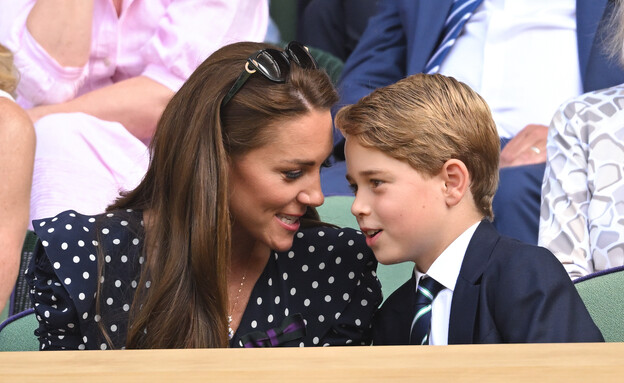An increase of about 80% in the incidence of cancer among young people
Although the chance of getting cancer increases with age and many young people believe that they are protected from the disease, the statistics do not lie. Although cancer is less common among 20-44 year olds, there are also many young people who are sick with various types of the disease. According to data collected around the world, there is an increase in the proportion of young people suffering from cancer. From a global study published in 2023 in the scientific journal of oncology BMJ it emerged that in 1990 1.82 million new young patients were diagnosed worldwide and in 2019, 3.26 million were already diagnosed. That is – between 1990 and 2019, the number of young people diagnosed with cancer increased by 79%.
According to the cancer registry data at the Ministry of Health, in 2018, 151 cases of invasive cancer were diagnosed among Israelis aged 15-19 and 2,717 cases among Israelis aged 20-44. That year, 399 patients aged 15-44 died of cancer.
What are the common types of cancer among young people?
The most common types of cancer in young people in Israel are: testicular cancer, non-Hodgkin’s lymphoma, malignant melanoma, breast cancer and thyroid cancer.
What are the steps that will help prevent cancer?
In order to reduce the risk, it is important to maintain a healthy lifestyle from a young age: avoid smoking and exposure to secondhand smoke, maintain a healthy and balanced diet, persist in physical activity, reduce alcohol consumption, maintain a normal body weight and ensure safe exposure to the sun.
Weight loss and unexplained pain – the suspicious symptoms you should know
Today, nearly 200 different cancers are known, which can cause different types of symptoms. Some of the symptoms may indicate a certain cancer, but also general symptoms such as: weight loss, fatigue or unexplained pain, can indicate one or another cancerous condition. Not every type of cancer is accompanied by symptoms, and of course not every physical phenomenon indicates the disease. However, it is important to be alert and attentive to the changes occurring in the body. If a physical phenomenon appears and does not disappear – it is important to seek medical attention. In case there is a suspicion of the existence of a cancerous tumor – going to the doctor and diagnosing the disease at an early stage increases the chances of cure, improves the effectiveness of the treatment and may save a life. Sometimes, the fear of the disease delays going to the doctor and this is a serious mistake – precious time is wasted, the disease (if it exists) continues to develop in the body, and the health condition gets worse. In the end, delaying the immediate visit to the doctor can sometimes prevent the possibility of a full recovery.
There are some specific symptoms to be aware of, especially if they last for a while or are repeated. Here we will mention only the most common symptoms: unexplained pain that does not go away, severe night sweats, rapid and unexplained weight loss, the appearance of a lump or swelling, fever or infection, fatigue and exhaustion that do not go away, headaches as well as skin changes: a wound that does not heal, the appearance of a mole New or change in the color, shape or size of a gem point. It is also worth paying attention to the symptoms that affect Speaking and breathing: Cough, shortness of breath, hoarseness that doesn’t go away and even symptoms like loss of appetite or feeling full quickly after eating little, difficulty swallowing or chewing that doesn’t go away, or a feeling that something is “stuck” in the throat, heartburn and digestive problems. Additional symptoms related to the bowel and bladder: Abdominal swelling, change in bowel habits for three weeks or more, changes in urination habits. Suspicious symptoms in the genitals and reproduction: Changes in the breast, changes in the vulva or vagina, bleeding after intercourse, unusual secretions, problems with the penis or testicles.
Also, there may be additional symptoms not specified. And as mentioned, it is important to be alert and attentive to the changes that occur in the body – if you feel pain or a phenomenon that does not go away, you should go for a medical examination.
The Association to Fight Cancer initiates a wide range of activities for young people facing cancer that take place free of charge, starting with support groups, enrichment workshops, a sexual counseling service, meetings, seminars, exercising rights in the health system. To join and for information about the activity, you can contact the teleinformation staffed 24/7 with a free call to 1800-599-995 or on the website.
